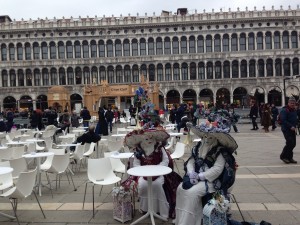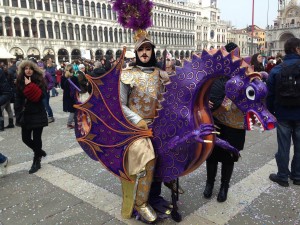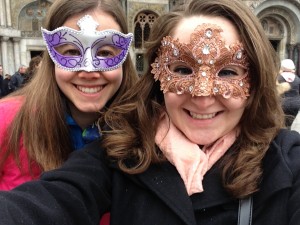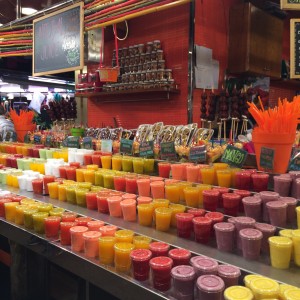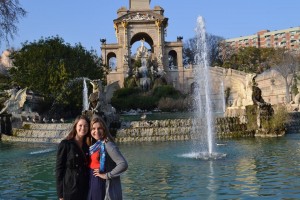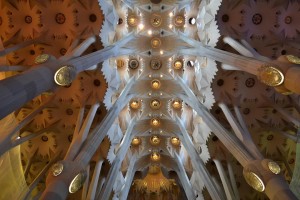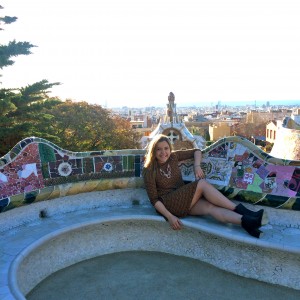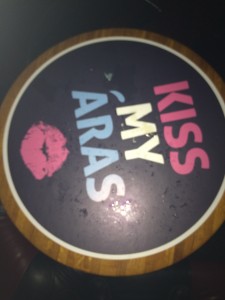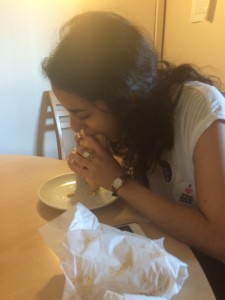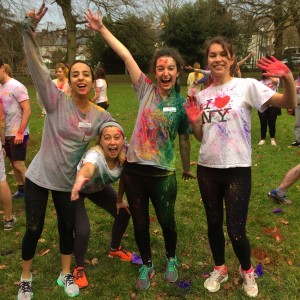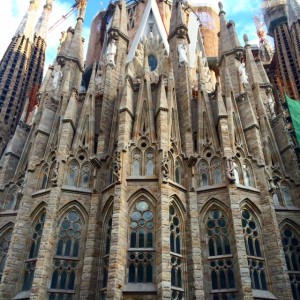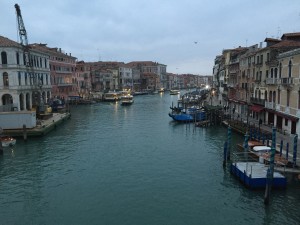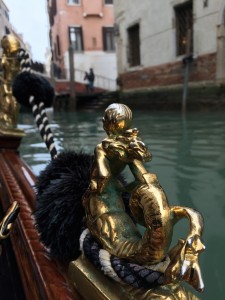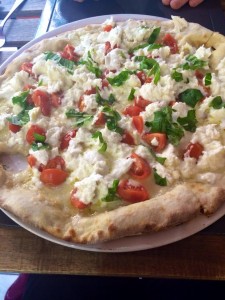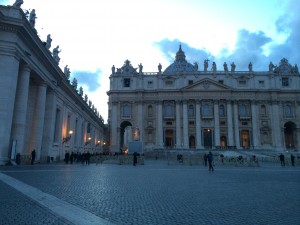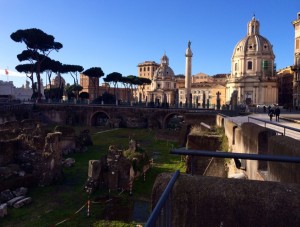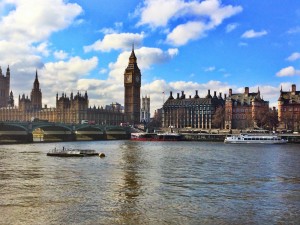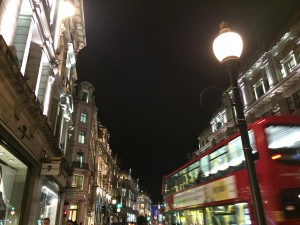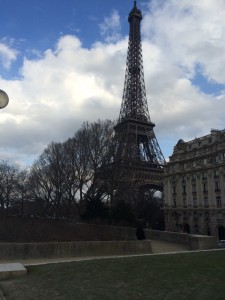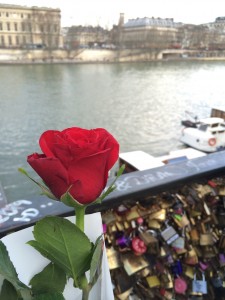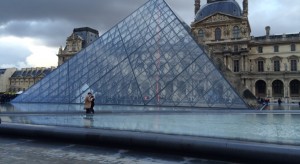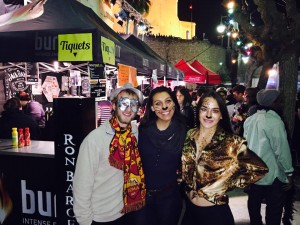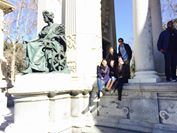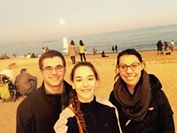One month reflection and a weekend in Venice
So this is a blog post all about how my life’s been twist-turned upside down.
I’ve officially been in Rome for an entire month! It feels like I’ve only been here for days, but at the same time it feels like I’ve been here for months. In many ways, the first month feels like a vacation. Plenty of other things in life only last a few weeks: summer camps, extended vacations, middle school relationships. But now that I’ve surpassed that one-month milestone, I guess you could say it now feels “real.” I’m here for the long haul…that feels unsettlingly short.
I miss my family, my friends, my boyfriend, my dogs, Loyola, and chicken salads with ranch dressing. I also miss Rome already. My carb intake is at its prime, I had my first exams last week, and I have to figure out my housing situation for next year from all the way across the Atlantic Ocean. I also have to finalize my major, about which I’m considering a last-minute change, by the time I come home from Rome. A lot of us here are trying to find summer internships or jobs, too, but have no idea where we’ll even be living over the summer. Steven, one of the SLAs, ended up taking a year off after his semester abroad to stay in Rome and work as an au pair. It’s surreal and terrifying – that could be any one of us.
I mentioned it somewhat jokingly with a Fresh Prince reference at the beginning of this post, but it’s actually true. Rome is turning my life upside down by showing me that there are infinite possibilities for what I’m going to do with it. It’s a wonderful and overwhelming thing. The possibilities are exciting and exhausting. I want to make the right choice, to take risks – but not too many – and to ultimately be successful. It’s a lot of pressure to shoulder when all I want to do is go lay in the courtyard, eat a blood orange, and soak up Rome’s winter sun.
That’s the truth you won’t hear too often from anyone who studies abroad. Yes, I get to do incredible things. But it’s studying abroad, not vacation abroad (though some people do indeed act like it’s a vacation). I’m still going through all the typical college struggles, but I usually opt instead to write about my crazy stories!
Speaking of crazy stories.
I went to beautiful Venice the weekend before last! Carnivale, a celebration leading up to Lent, was at its height. During Carnivale, people dress up in elegant costumes, don masks, and parade around the island. It can be best described as a classier, more elaborate version of Halloween. The attention to detail in some of the costumes is nothing short of astonishing – same with the immense crowds. I’ll let the pictures speak for themselves.
The first thing we did was take a gondola ride. IT WAS A DREAM COME TRUE. Our comedic gondolier, dressed in stripes and a beret, spouted out fun facts about the places we were passing and even hummed a little bit. He pointed out the fish market where Angelina Jolie and Johnny Depp filmed scenes for The Tourist, as well as the palace where Marco Polo was supposedly born. We passed the Rialto Bridge, which was anticlimactically smaller than I expected.
We later explored Piazza San Marco and walked through St. Mark’s Basilica before checking into our hostel, A Venice Fish. I must say that the greatest stories from this weekend stem from our hostel experience. The guy running the hostel was a young dude with shoulder-length curly hair named Nick, born in Italy but raised in Wisconsin, with a fascinating life story. Nick showed us to our room through sliding doors, right off the main room. The seven of us girls took seven beds; the eighth was occupied by a friendly guy named Mike from Los Angeles.
We explored the city more during the day, going in and out of little shops between the numerous canals. We spent a lot of time searching for inexpensive Carnivale masks that would suit our distinct personalities and styles. On one street, I spontaneously decided to dance along to some accordion music. A tall guy in a dark mask took my hand and started swing dancing with me, right there in the middle of everything!
In the evening, we attended the hostel’s dinner, which included all-you-can-eat pasta and wine. Afterward, we joined a large group that was going to a local club. Nick claimed the place was “authentic Venice” but it was really the worst kind of crowded and the worst kind of hipster. Still, the night wasn’t a waste. I met Jean from Brazil, who spoke only Portuguese and French. Since his English was poor, we conversed in French the whole night! I’m ecstatic that my five-plus years of French class have actually paid off.
Saturday, we set out to find boat passes that would get us to the glass blowing and lace making islands of Venice. With the massive crowds, and stopping in stores along the way, it took us several hours to even make it to Piazza San Marco. There, we had further difficulties buying our boat passes. We eventually made it onto a boat headed for Murano (the glass-making island), where we lifted our spirits with gelato and coffee.
After indulging, we perused the dozens of tiny shops, each filled with distinct styles and forms of glass. I bought a dazzling bracelet with matching earrings! The island was extremely calm and serene in comparison to the main island of Venice – it was exactly what the seven of us needed. Fun fact: glass blowing was restricted to the island of Murano in ancient times to prevent glass blowing-related fires from happening on the mainland. Thanks, Rick Steves!
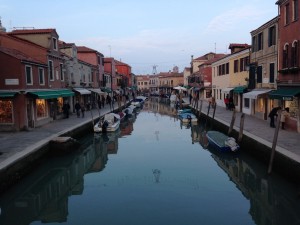
Then we went to Burano and meandered through a few lace shops. The patterns were intricate and handmade with a delicacy you won’t find in the U.S., where things are sloppily mass-produced. Unfortunately everything started closing around 6:30 p.m. and the island got eerily quiet and creepy. We got on the first boat back to St. Mark’s. Our next objective was finding food.
Maureen led us to a Rick Steves-recommended restaurant next to the Rialto Bridge, where we enjoyed spaghetti, lasagna, and red wine. The streets were packed with the craziest array of costumes: everything from children dressed as Spiderman to a heard of bananas. We drank some succulent hot sangria in a little alley-cove next to a main street, while watching people walk by and jamming to the American music blaring from the Sangria stand. After a group of men dressed in priest costumes gave up on either trying to convert us or flirt with us (I’m still not sure which), we went back to the hostel. Insanity ensued.
Nick was taking a group of people to go out again; three of my friends and I decided to join. I mistakenly assumed we’d be going to Piazza San Marco to join the Carnivale activities. We walked for a long time, following the group past all the places we knew, turning right when we came to the edge of the island and traipsing down a long boardwalk that was suspended from the side of the buildings. At the end was a small bridge guarded by a stern looking and troll-like security guard who was doing bag checks. We riddled past him, wound through a building dotted with guards and police, and exited onto a pier, which held a colossal elephant sculpture and an enormously regal swan. The scene somehow proved that this was a big deal. There was a massive crowd gathered, but rather than tourists, it consisted of local Venetians and young students of all nationalities. It was evident we’d been given access to the real underground Carnivale party. Three lines later, we made it into the warehouse-turned-club just before midnight.
There were two rooms, each with a DJ. The atmosphere was wild. Music blared, accompanied by dizzying colorful lights, and almost everybody wore a mask. By the end of the night, there were people walking around in 10-foot-tall flamingo-creature costumes.
We made it back to the hostel safe and sound and crawled into bed around 3:30 a.m. Thirty minutes later, our fellow hostel residents threw a loud party in the lobby outside of our room. It made us all the more glad to check out the next morning.
In Calcio news, team Celeste remains undefeated! Ole!
Conciseness isn’t my specialty, so thanks for reading y’all. A dopo!

